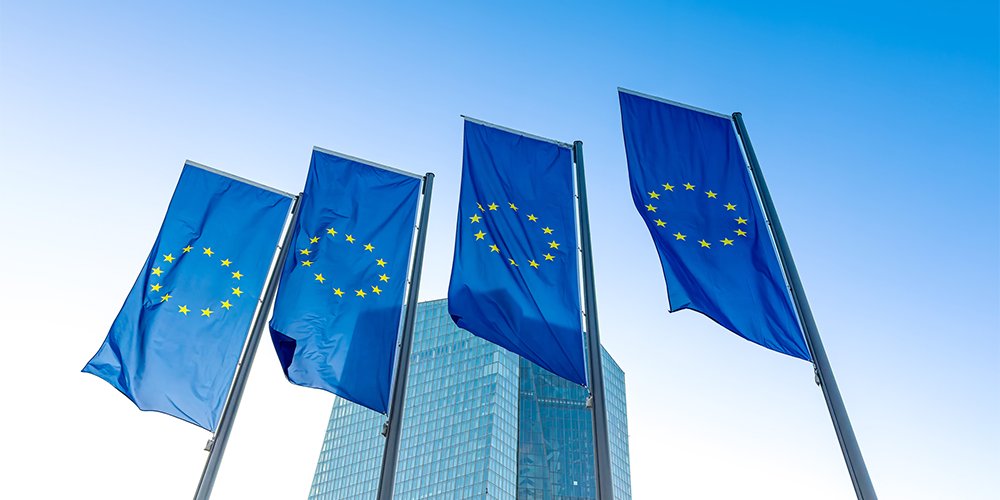Trending
- EURUSD – bulls remain firmly in control, extending the rally above the thick daily cloud
- Gold extends its strong momentum and sets sights on another test of its record high
- EURUSD pushes higher as the post-Fed rally continues to gain momentum
- Fed lowers rates as anticipated, signals pause in further easing
- Silver surged past $60 to a new record high, supported by robust industrial demand and continued safe-haven buying
- Dollar index holds steady in subdued trading ahead of key Fed policy decision
- BTCUSD – recovery gathers pace, shifting attention to key near-term resistance levels
- AUDUSD extends its rally for the eleventh consecutive session
- Cable jumps higher on weaker-than-expected US ADP payrolls
- US private sector payrolls saw a sharp decline in November, according to ADP data

